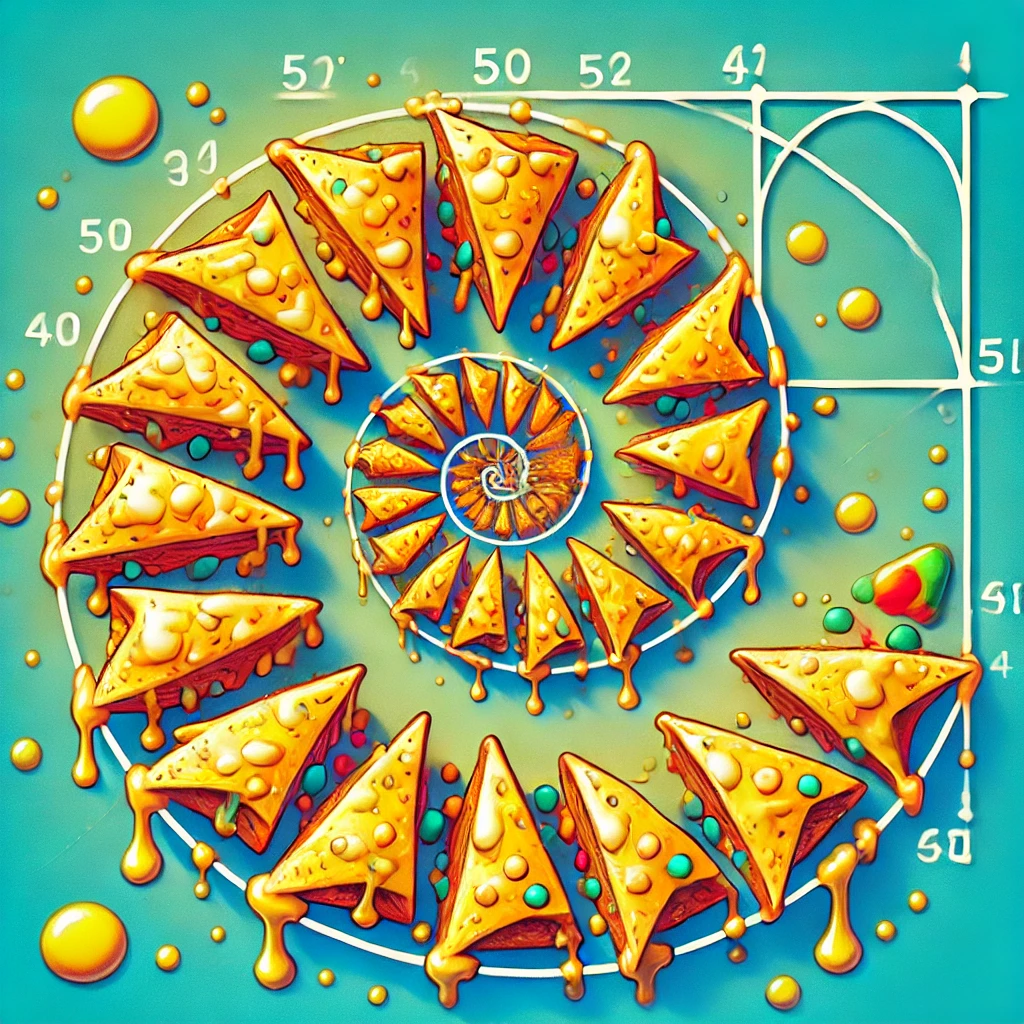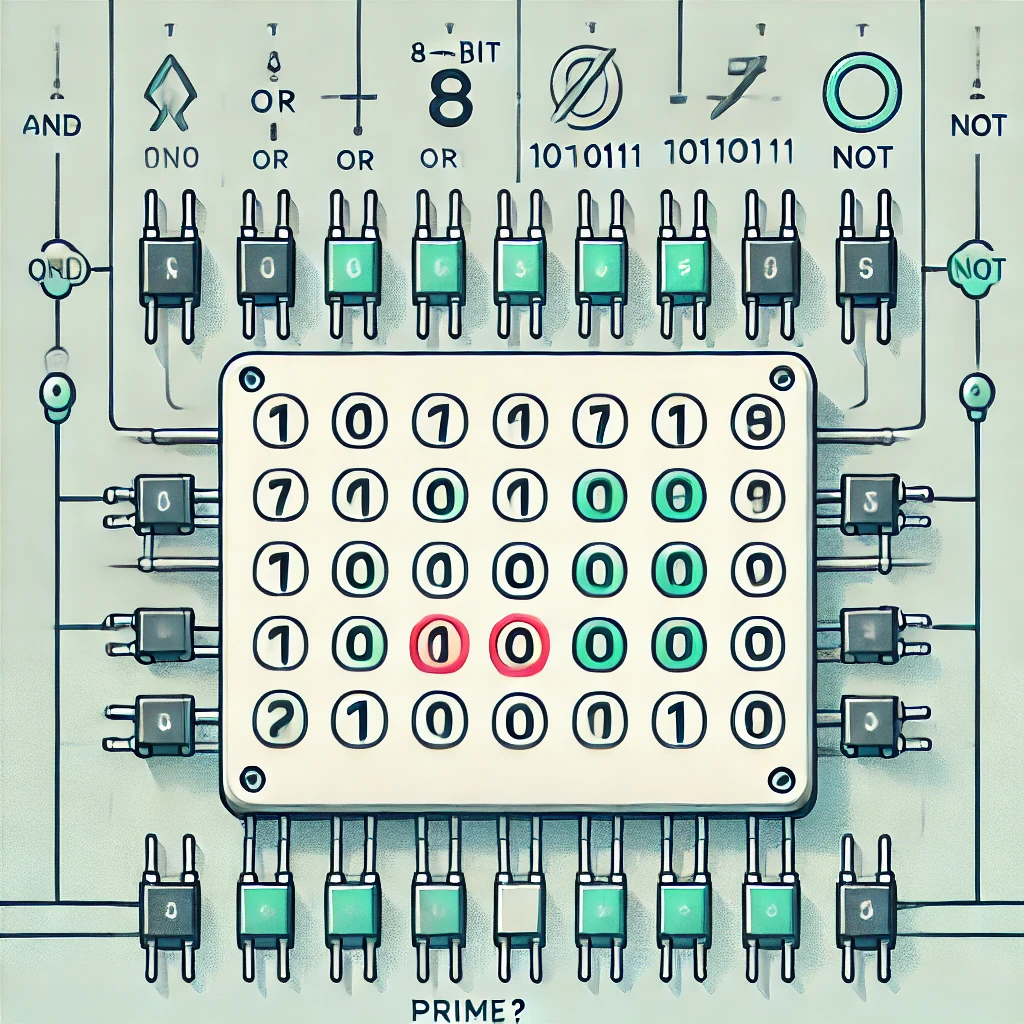- formatting
- images
- links
- math
- code
- blockquotes
- external-services
•
•
•
•
•
•
-
Math Challenge: The Sequence of Fibonacho
The Fibonacho Sequence is a playful and intriguing twist on the classical Fibonacci numbers. Unlike its better-known cousin, the Fibonacho Sequence does not follow the same simple recurrence relation. Instead, it introduces a slightly different structure, making it a entertaining puzzle for math enthusiasts and programmers alike. Are you ready to dive into the challenge?

-
Short Notes: Upgrade Your GitHub Workflow - Migrate from HTTPS to SSH
A step-by-step guide to transitioning from HTTPS to SSH for secure and seamless GitHub repository management.
-
Designing an 8-Bit Integer Primality Test Using Logic Circuits
When working with digital circuits and number theory, I found that an interesting challenge is determining whether a given number is prime through purely combinational logic. Recently, I developed a circuit diagram for testing the primality of 8-bit integers using a Boolean function `f(a,b,c,d,e,f,g,h)`.

-
Short Notes: Installing GCC 13 on Debian and Ubuntu
Learn how to install and configure the latest GNU GCC/G++ compiler on Debian and Ubuntu systems. This step-by-step guide covers updating packages, adding the Toolchain Test PPA, installing GCC 13, verifying the installation, and setting it as the default compiler.
-
Short Notes: Installing the Latest CMake on Debian and Ubuntu
Learn how to install the latest version of CMake on Debian-based systems. This guide covers prerequisites, removing older versions, compiling from source, and verifying the installation.